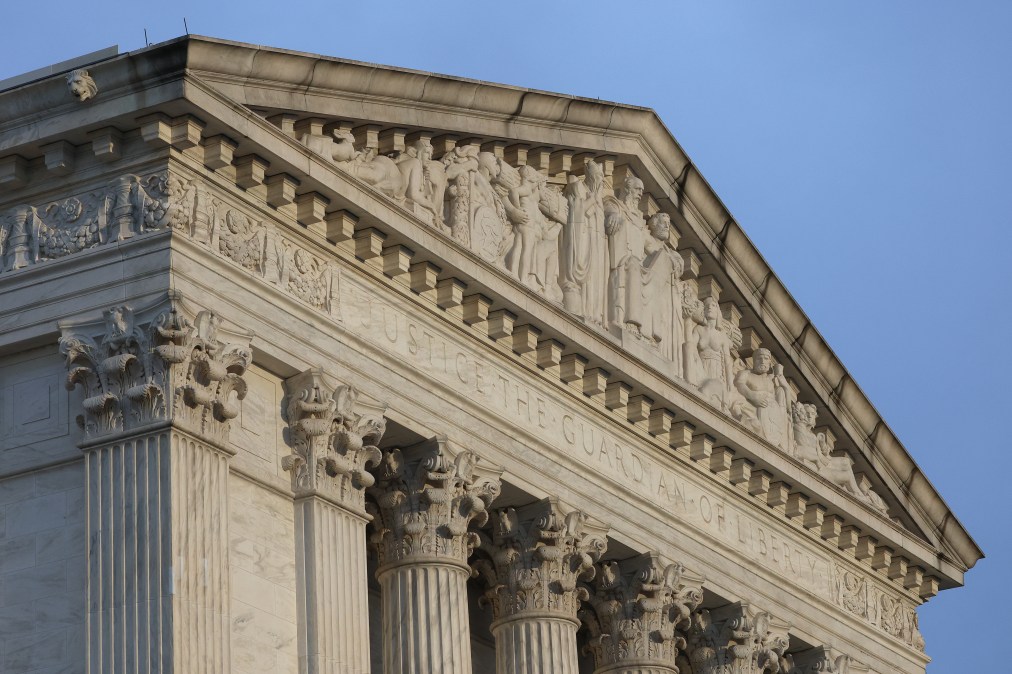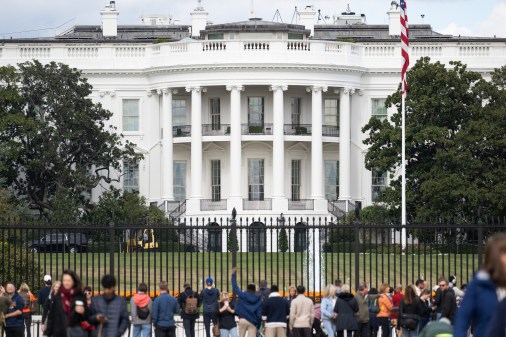Supreme Court halts district court order that reinstated federal workers at six agencies

The Supreme Court handed the Trump administration a victory in its efforts to oust probationary employees from the federal government, pausing a lower court decision that ordered thousands of probationary workers to be reinstated at six agencies.
In Tuesday’s order, a majority of the court granted the Trump administration’s emergency request for a stay of the lower-court ruling while the litigation moves forward, finding that the nonprofit organizations that brought the case didn’t have standing to sue.
The decision from the high court impacts the roughly 16,000 fired federal workers who were rehired under the order from Judge William Alsup of the U.S. District Court for the Northern District of California, potentially opening them up to again being terminated if their reinstatement isn’t covered under a separate order. The six agencies are the departments of Veterans Affairs, Agriculture, Energy, Interior, Treasury and Defense.
“The District Court’s injunction was based solely on the allegations of the nine non-profit-organization plaintiffs in this case. But under established law, those allegations are presently insufficient to support the organizations’ standing,” the court said.
Justices Sonia Sotomayor and Ketanji Brown Jackson would have denied the government’s emergency application, per the order.
While the decision didn’t provide reasons for Sotomayor, it said Jackson specifically wouldn’t have reached the standing question in the context of the government’s request given that “the issue is pending in the lower courts and the applicants have not demonstrated urgency in the form of interim irreparable harm.”
In a memo corresponding with his now-stayed decision, Alsup explained his decision to side with the plaintiffs, saying that the Office of Personnel Management had no authority to order the firings of workers at other agencies. Though a coalition of federal worker unions and organizations brought the case, Alsup’s ruling applied only to the organizations, which he said had shown “they will suffer irreparable harm resulting from the immediate impairment of public services.”
The decision from the Supreme Court comes after the U.S. Court of Appeals for the Ninth Circuit let Alsup’s ruling stand while the litigation moved forward. In that decision, two of the judges on the Ninth Circuit’s three-judge panel wrote that staying the district court order would “disrupt the status quo and turn it on its head.”
While the Northern District of California order is stayed, another district court order reinstating fired probationers still stands.
That order from Judge James K. Bredar of the District Court of Maryland applies to 20 agencies, including all of the agencies under the Northern District of California order. Unlike the Northern District of California case, it centers on a challenge from several states alleging the government violated federal reduction-in-force statute when it fired the probationary workers en masse.
Bredar has so far sided with the states and his initial decision ordering reinstatement applied to just 18 agencies anywhere in the country. A preliminary injunction he issued April 1, however, added the DOD and OPM but limited the scope of the relief to fired employees who worked in one of the 19 states (plus Washington, D.C.) that brought the lawsuit. That order also prohibited the agencies from conducting reductions in force in the meantime.
The government has appealed that ruling to the Fourth Circuit.






